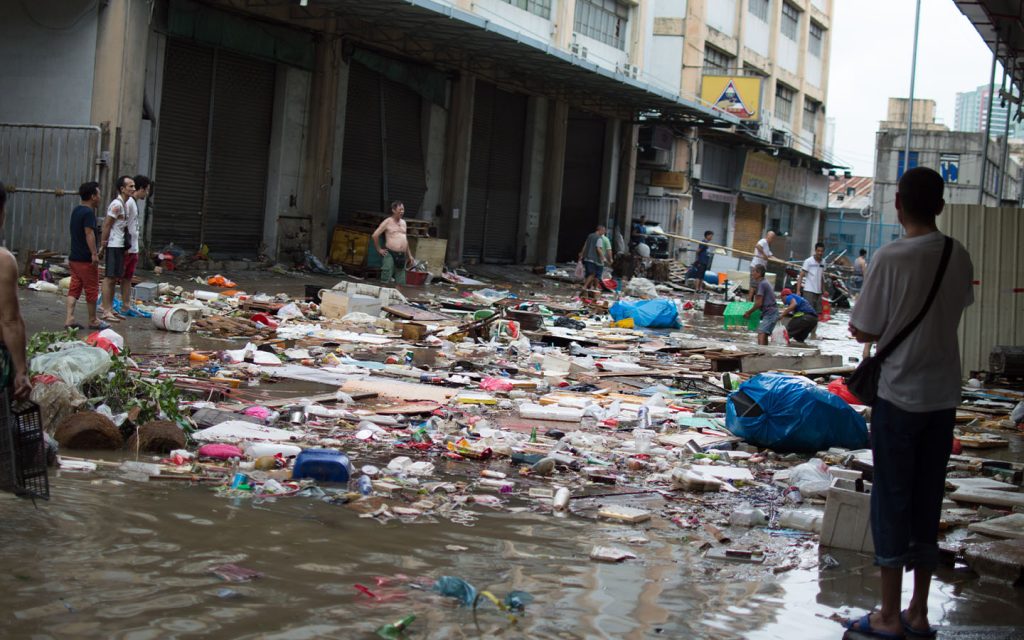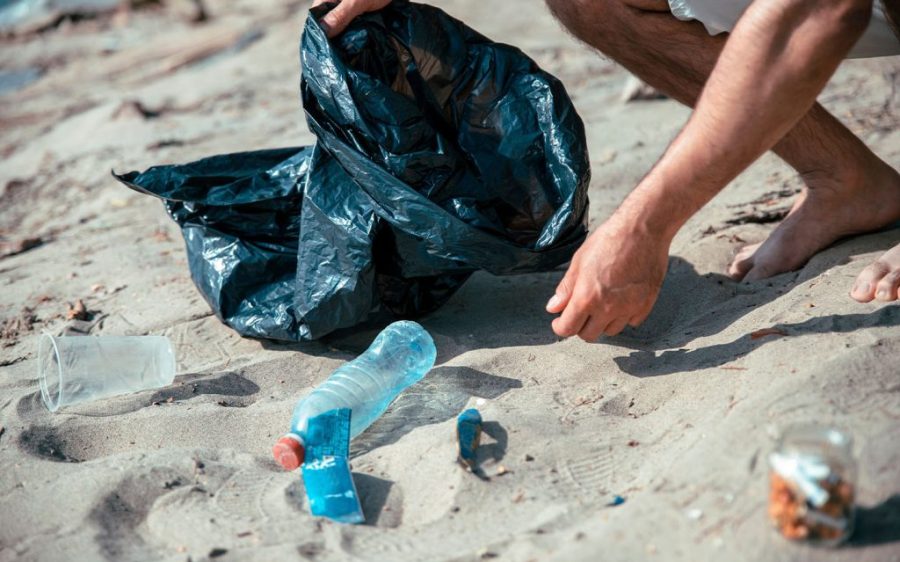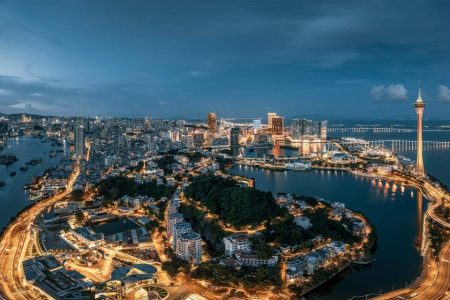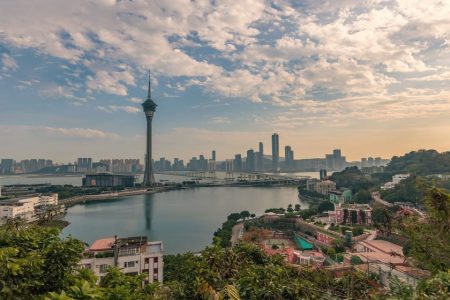As anyone who has walked on Hac Sa Beach after a storm knows, Macao’s location at the Pearl River Estuary makes it the final destination for trash from further upstream. Solutions have to go beyond the local level, according to experts, and require regional cooperation and waste reduction campaigns.
According to a statement given to Macao News, the Marine and Water Bureau cleans up an estimated 500 to 1,100 kilograms of trash from Macao’s beaches every day. Meanwhile, a local waste collection service removes a further 200 to 1,000 kilograms of marine litter daily.
Beyond poor aesthetics, marine debris can be harmful to ocean life, according to environmental scientist Karen Tagulao of the University of Saint Joseph. “Some marine organisms, for example, cannot identify if [marine debris] is litter or real food,” she said.
[See more: Your sunscreen may be making plastic marine pollution worse]
The World Wide Fund for Nature says plastic pollution kills 100,000 marine mammals annually, while 81 out of 123 known marine animal species have been recorded ingesting or getting tangled up in plastic waste. “It is a deadly threat to marine life and the ocean food chain,” wrote environmental scientist Qingbin Song of the Macao University of Science and Technology in a statement to Macao News.
On a smaller scale, plastic waste can also break down into microplastics, which can be transmitted along the food chain to affect reproductive rates and create long-term health risks, Song wrote.
But sea creatures aren’t the only victims, Tagulao told Macao News: “Plants also need to breathe. So if these are covered with this marine litter or plastic, they can also get suffocated and die.”
Regional solutions to Macao’s beach pollution problem
The problems go beyond the local scale. Macao’s location at the mouth of the Pearl River Delta makes it prone to waste from further upstream ending up on the city’s coast. “The Pearl River is the country’s second largest river, flowing through many densely populated and economically active provinces, collecting waste,” wrote Song. The waste eventually forms a “large-scale garbage stream” in the Pearl River Delta, essentially turning Macao into a “passive garbage-receiving station.” Tides then push the trash onto Macao’s shore.
The phenomenon is especially apparent after periods of heavy rains: “During the monsoon, the surface current flows northeastward, pushing the garbage to the west bank of the Pearl River Estuary, with Macau being the first to be hit,” wrote Song. He also noted that Macao is located in a strong tidal area, leading to coastal currents acting “like a conveyor belt” to deposit garbage ashore.
“When the tide is high, the seawater surges towards the shore, pushing the floating garbage onto the beach; when the tide is low, the seawater recedes, and lighter plastic, foam and other garbage are left on the beach, completing the final accumulation,” he wrote.
[See more: Plastic pollution is causing brain damage in seabird chicks, study finds]
The volume of waste that washes up warrants daily patrols and cleanups, according to a statement from the Marine and Water Bureau. But the reason the trash even got in the ocean is another problem.
According to Tagulao, some of the debris that washes up after heavy rain comes from storm damage. “Storms can dismantle or dislodge or damage [marine] infrastructure near the sea or in the open ocean,” she said. “We also see a lot of this when we do beach cleanups.”
However, much of the trash also comes through sources such as littering, illegal landfills and trash management systems damaged by typhoons. “Stormwater runoff collects waste from streets, drains, and rivers and carries it quickly towards the sea,” Tagulao said.

The issue is exacerbated by Macao’s dense underground stormwater channels, originally designed as a draining measure, wrote Song. Trash-carrying water from rainstorms flows directly to the coast or nearshore waters, he wrote. In a “big sweep,” it will flush and carry away the garbage discarded along the way.”
As climate change progresses, Macao will become increasingly susceptible to marine waste, warned Song. The rising frequency and intensity of extreme weather events directly strengthens the flushing effect of rainwater runoff, he told Macao News, while monsoon intensity and ocean circulation patterns may also shift.
“Subtle changes in wind direction and ocean currents may cause the garbage transport path to deviate, and garbage that might have drifted to other sea areas may be diverted,” he wrote.
[See more: In the spotlight: Are people in Macao paying the price of light pollution?]
He says there’s only one remedy that can truly address the root cause of litter in the ocean: reducing waste generation. Policy decisions in this direction may include tightening restrictions on disposable plastic products, promoting reusable products and using economic means such as fees to incentivise more waste-conscious lifestyle choices among residents, he wrote.
That said, the regional nature of the issue also means cooperation with other Greater Bay Area cities is necessary. Information sharing, joint enforcement and collaborative research are some examples of what such an initiative would look like.
In short: “there is no single ‘magic bullet’ to alleviate the problem of coastal garbage in Macao,” Song wrote. “It is a process that requires regional coordination, local management, and source control.”






